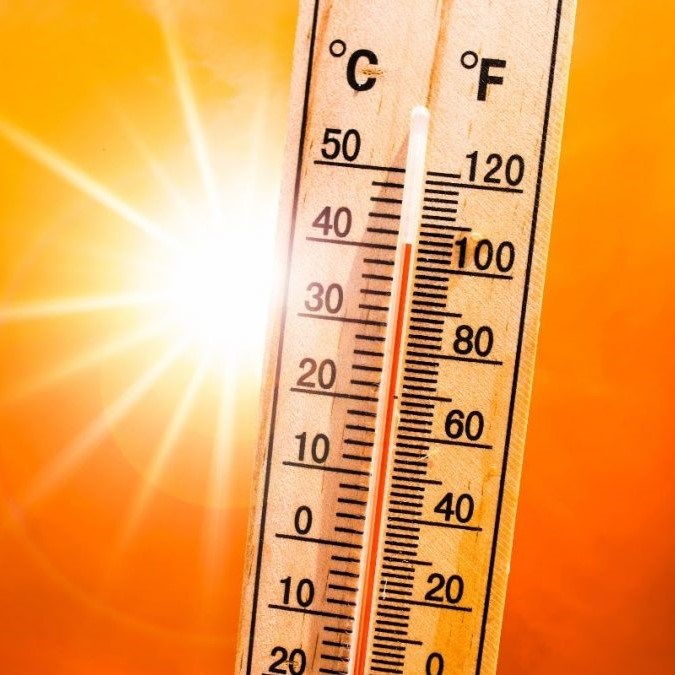What are the causes of overheating and how can you prevent it?

Overheating in homes is a complex problem caused by a combination of factors such as increasingly better insulation and global warming. The cooling hierarchy clearly shows how we do this. From taking environmental factors into account and keeping heat out to dissipating heat in a natural way. And by only using active cooling (such as air conditioning or floor cooling) as a last resort, you can maintain a pleasant temperature in your home.
Overheating in homes is a growing problem, mainly due to the combination of better insulation and global warming. In this blog, we take a closer look at the causes of overheating and discuss effective strategies to prevent it.
Causes of overheating
Improved insulation
Insulating your home properly is crucial for energy efficiency and your comfort during the winter months. However, the downside is that well-insulated houses can retain heat in the summer. This can then lead to excessive indoor temperatures.
Global warming
Global warming contributes significantly to the frequency and intensity of heat waves. This has a direct impact on the indoor temperature of homes. Long periods of high temperatures put a strain on a home's cooling capacity, especially if adequate measures have not been taken to keep the heat out.
What causes overheating?
Overheating occurs when the heat entering a home exceeds the heat that can escape. This happens due to direct sunlight through windows, insufficient roof insulation, and a lack of natural ventilation. Heat sources inside the home, such as electronic devices and lighting, also contribute to the internal heat load.
Preventing overheating: the Stepped Approach to Cooling
The Stepped Approach to Cooling offers a structured approach to preventing overheating. This step-by-step approach starts with the most sustainable and passive measures and gradually moves on to more active techniques if necessary.

Cool environment
The first step in the Cooling Hierarchy is to prevent heat from entering the home by creating a cooling environment. This includes measures such as planting trees or creating green roofs to cool the environment.
Keep heat out
By means of solar shading you keep the heat out.
Passive cooling
The third step is to effectively remove heat that has nevertheless entered the home. This can be achieved by using ventilative cooling.
We use strategically placed ventilation hatches and windows that open in the evening and at night to let cool air in and warm air out.
Active cooling
Only as a last resort, when the above methods are insufficient, active cooling, such as air conditioning, is used.
Although this is the most energy-intensive option, air conditioning may be necessary in extreme cases. Ensure that air conditioners are energy efficient and only used to supplement passive measures.